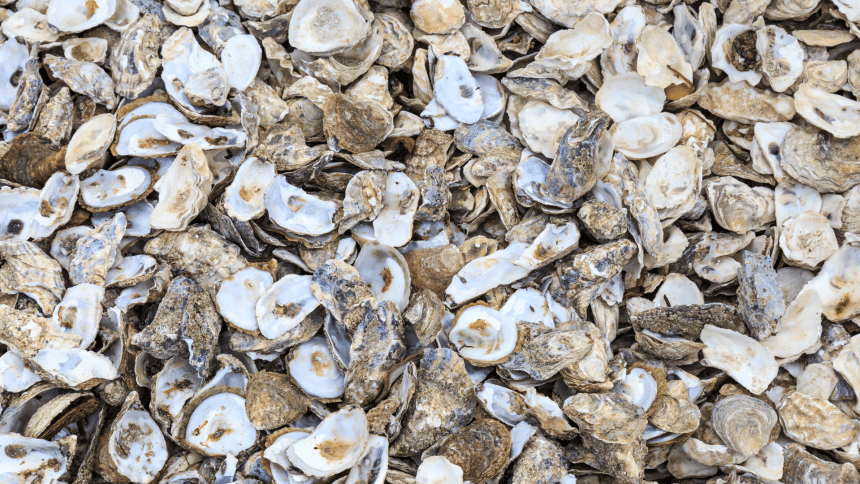The University of Southern Mississippi has started construction on a new hatchery aimed at restoring oyster population along the Gulf Coast.
The state-of-the-art hatchery will be located at USM’s Gulf Coast Research Laboratory (GCRL) Thad Cochran Marine Aquaculture Center (TCMAC) Cedar Point campus in Ocean Springs. According to a news release, it will be capable of producing up to one billion eyed larvae per year for both restoration and research purposes.
“The new oyster hatchery and research center will further GCRL’s mission of advancing scientific discovery to benefit society and enable us to be a continued resource for the state,” GCRL director Dr. Kelly Darnell said. “This state-of-the-art facility will allow our researchers and students to develop and test new and innovative technologies and achieve even greater advances in aquaculture.”
It’s being funded by $14 million attained by USM from both the state and federal levels as Mississippi and other coastal states work to combat dwindling oyster populations. In 2004, 500,000 sacks were harvested from Mississippi’s public reefs, but between 2019 and 2024, “virtually no oysters” were harvested due to factors such as overharvesting, extreme weather, the Deepwater Horizon oil spill, and prolonged openings of the Bonnet Carré Spillway.
RELATED: Judge blocks Mississippi’s plan to mostly privatize public oyster reefs
Part of the money comes from the RESTORE Act of 2012, which was passed in response to the oil spill. The Mississippi Department of Environmental Quality allocated money from the RESTORE Act to USM between 2016 and 2020 to build the hatchery.
“We are excited to final have this project underway. We thank MDEQ and the state for their commitment to this project and for seeing it through the long path it’s taken,” TCMAC director Dr. Reginald Blaylock said. “We are confident that the research done in this new hatchery will expand opportunities in the oyster industry for both public and private stakeholders.”
The hatchery will use a closed, recirculating system that is isolated from environmental variability while enabling replicated experiments to address challenges related to larviculture, disease, genetics and reproduction that constrain growth in the oyster industry. Its completion is expected by late summer or early fall 2026.








